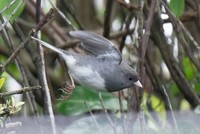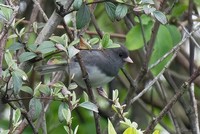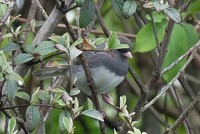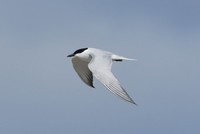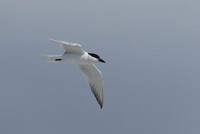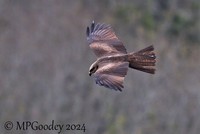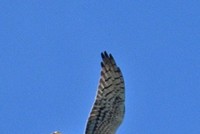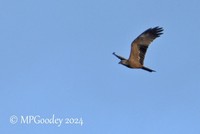Wood Duck moves to CAT D on the British List
The British Ornithologists' Union Records Committee (BOURC) is pleased to make the following announcements in relation to the British List:
Wood Duck Aix sponsa
Four records: one, adult female, 1 January to 24 March 2008, Loch Morlich, Highland (sight record, photographed); one, adult male, 16 April to 20 June 2009, Brow Loch, Loch of Spiggie and Loch of Hillwell, Mainland, Shetland (sight record, photographed); one, male, 27-30 March 2014, Loch a’ Mhuilinn, Stoneybridge (Staoinebrig), South Uist, Outer Hebrides (sight record, photographed); one, adult male, 2 November to 29 December 2014, Banton Loch, Clyde (sight record, photographed).
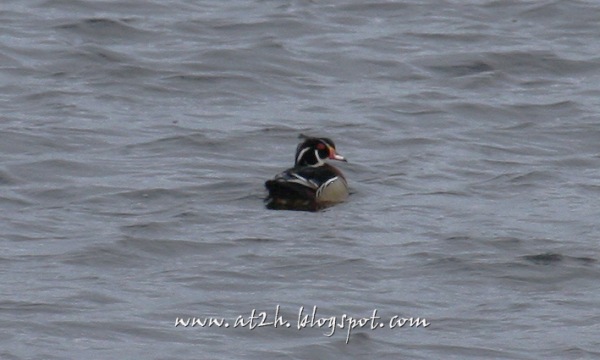
This species is moved from Category E* to Category D.
The identification was established for all four records, but their origin was unclear. Though there is now compelling evidence that this Nearctic species can exhibit vagrancy and cross the Atlantic being recorded both on the Azores and Iceland, in mainland Europe the situation is far more problematic. The species is held in collections in large numbers across the continent and so many birds seen in Europe are likely to be escapes. To identify genuinely wild individuals will therefore require independent corroboration, such as stable isotype analysis or a ringing recovery. This is the same approach that BOURC takes to other wildfowl on the British List, where there are issues with provenance. However, BOURC felt that the case for potential genuine vagrancy for this species was strong, hence it was decided to move it to Category D, where it will be re-considered periodically, or if new evidence emerges.
Desert Finch Rhodospiza obsoleta
Two records: one, Spalding, Lincolnshire, 11 November 1990 to 1991 (sight record); one, Dungeness, Kent, 30-31 October 2001 (sight record, photographed).
This species remains in Category E.
The identification was established for both records, but the origin was again unclear. There is little conclusive evidence of vagrancy for the species to Western Europe beyond its natural breeding range from the Middle East, through central Asia to central China. In contrast, it is kept widely in captivity in Europe, where it is bred. Thus the balance of evidence strongly suggested a captive origin for both of these records.
Further details of these decisions will be published as part of the BOURC’s 47th report expected to be published in Ibis in October 2017. Upon publication of these decisions, the British List remains at 605 species;
Category A = 587
Category B = 8
Category C = 10
BOU
20 March 2017
Share this story



